Tag Archive for: VAMOS
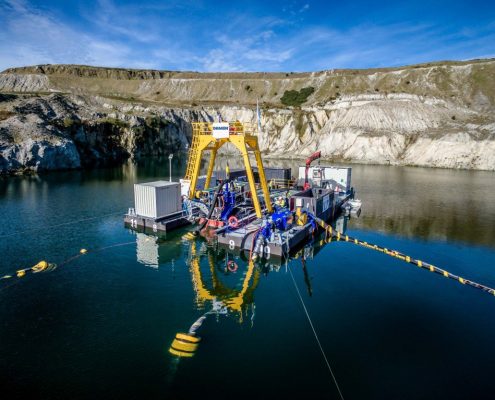 VAMOS project
VAMOS project¡VAMOS! technology demonstration, Devon, UK
On the 24th of October the ¡VAMOS! consortium, Advisory Board…
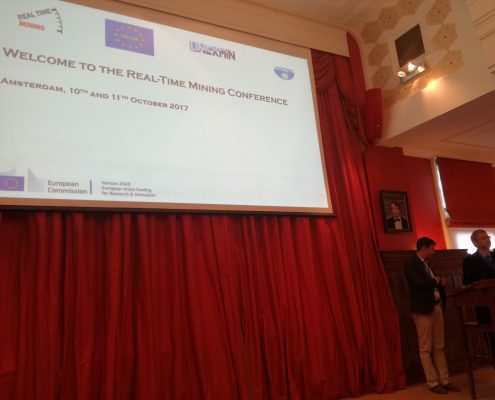
UNEXMIN & ¡VAMOS! at the Real-Time Mining Conference, Amsterdam
During the 10th and 11th of October, both the UNEXMIN and ¡vamos!…
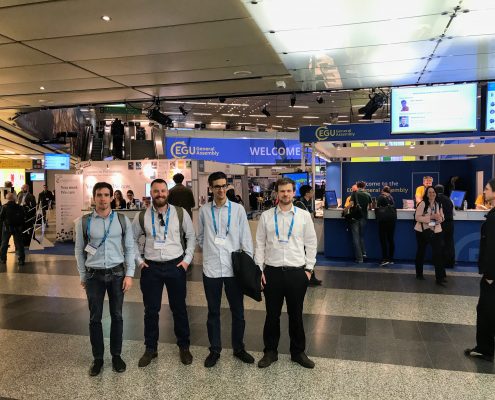
La Palma Research Centre presents multiple projects at EGU 2017
The 2017 European Geoscience Union's (EGU) General Assembly took…
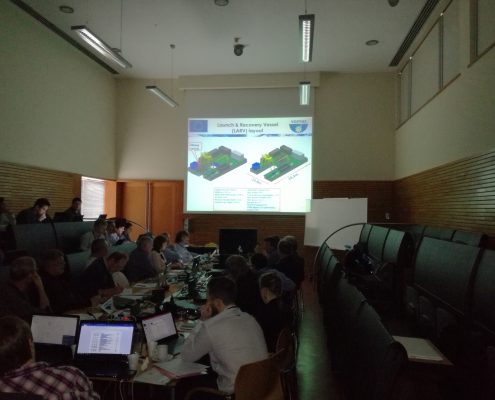
Annual ¡VAMOS! Partners’ Forum meeting held in Porto
LPRC colleagues Cameron, Edine and Luís attended a recent ¡VAMOS!…
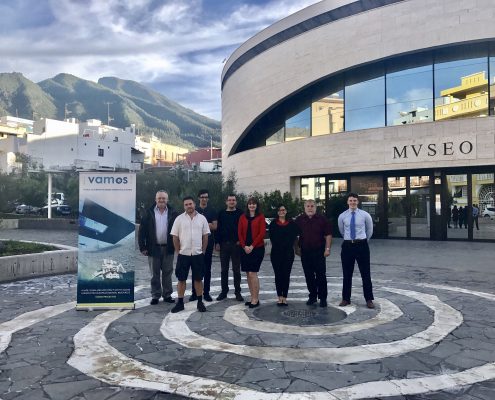
2017 Real Time Mining Conference, Amsterdam
In October, LPRC will be taking part in the Real Time Mining…

¡VAMOS! Work Package 6 Kick-off Meeting on La Palma
On Wednesday and Thursday this week, 7th and 8th December 2016,…
Tag Archive for: VAMOS
Tag Archive for: VAMOS
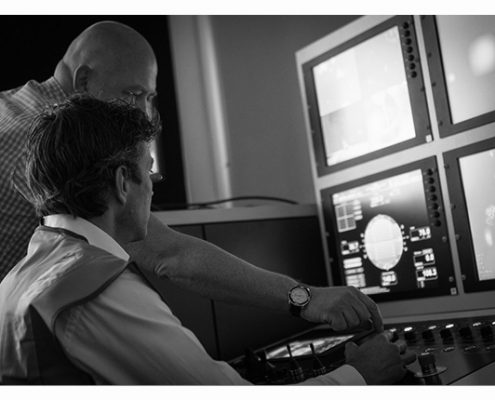
¡VAMOS!
A new Viable Alternative Mine Operating System
